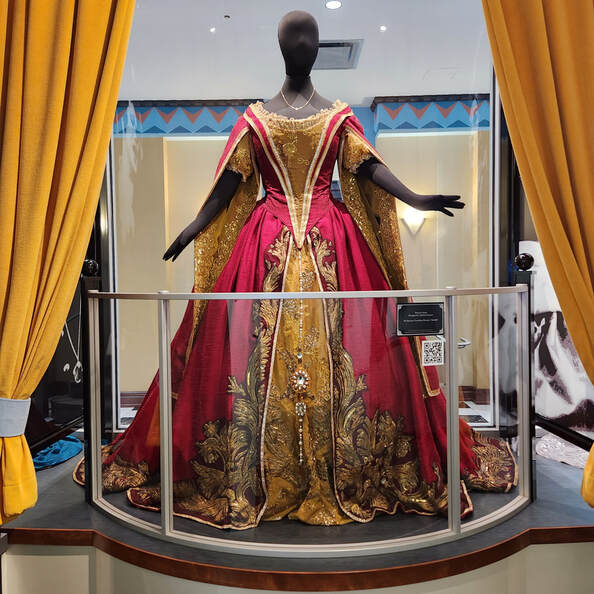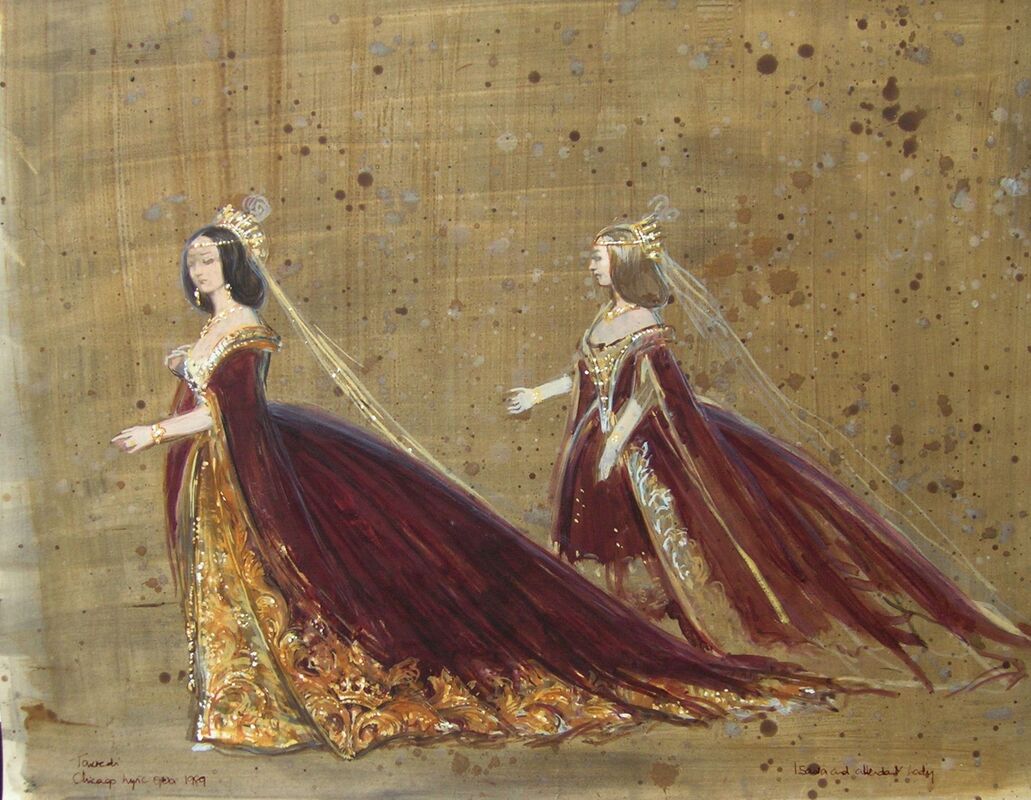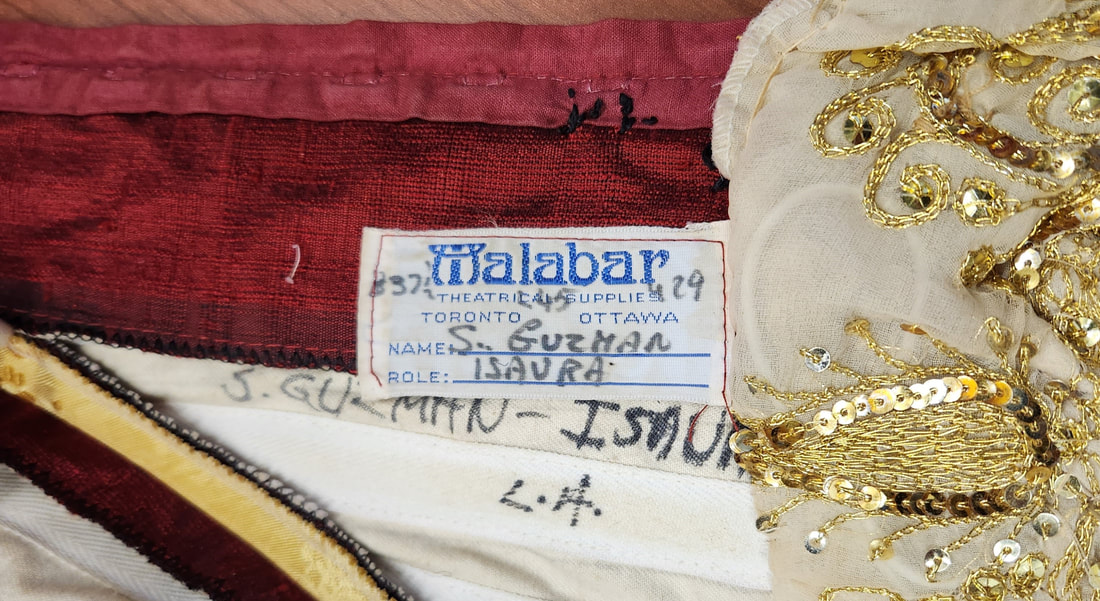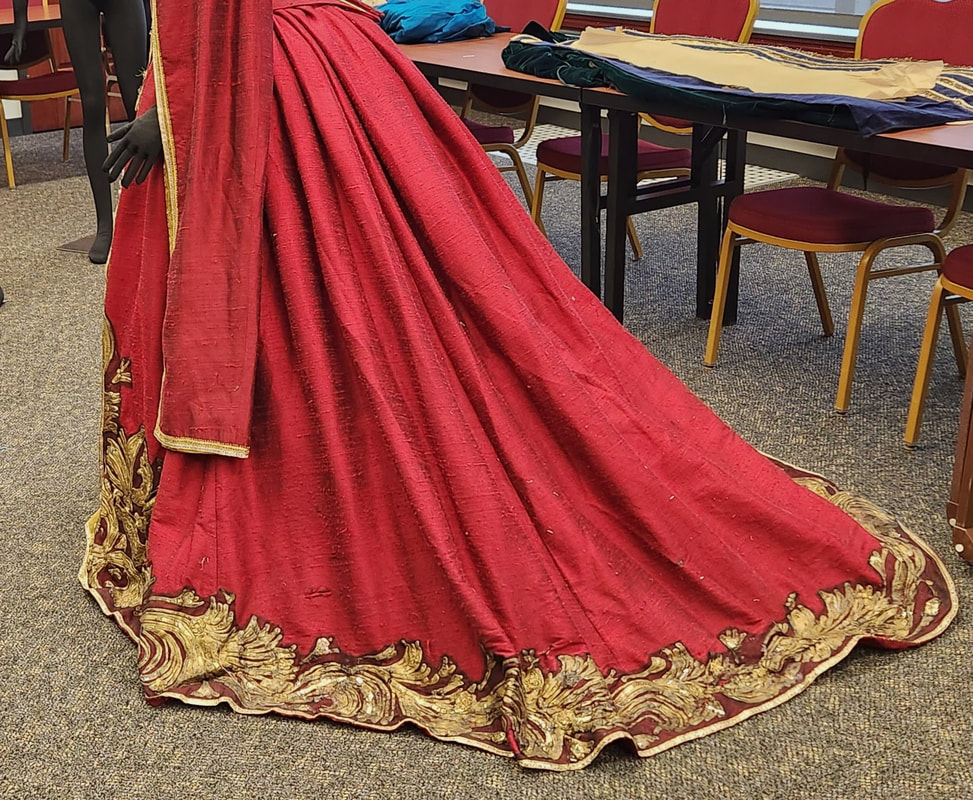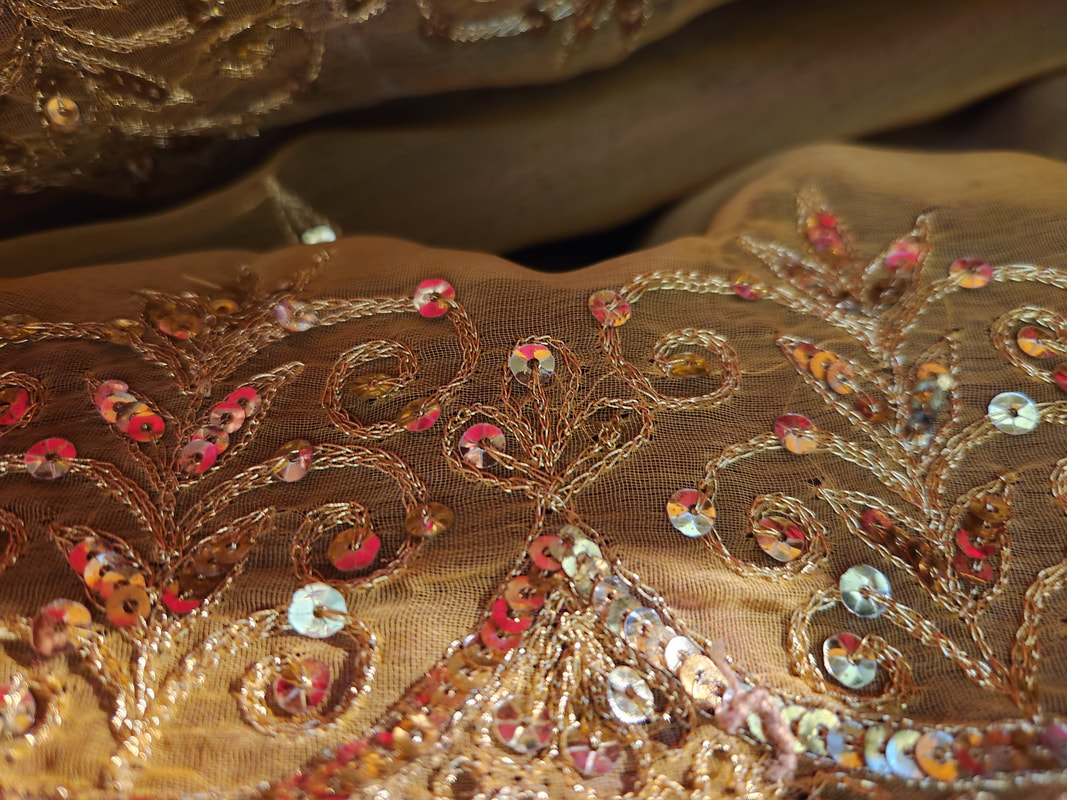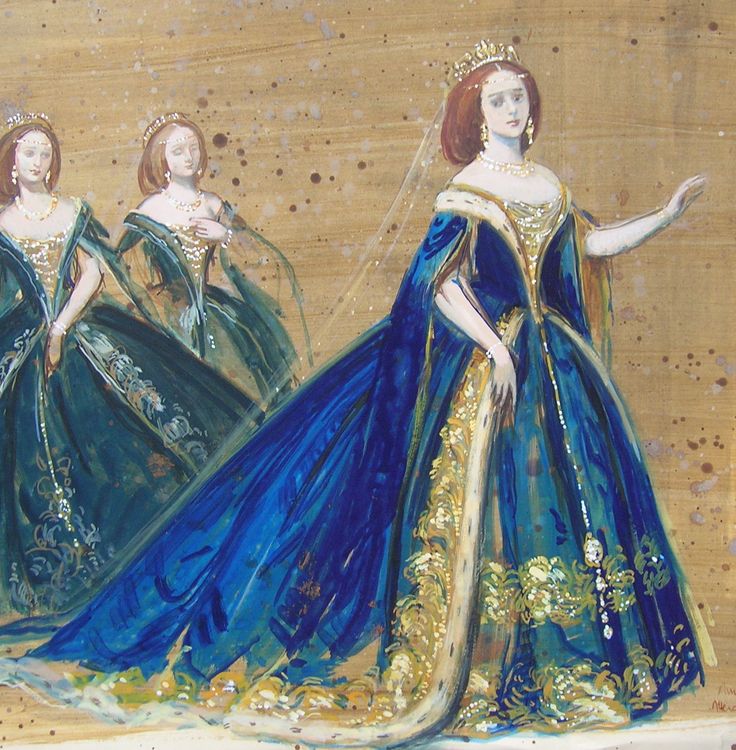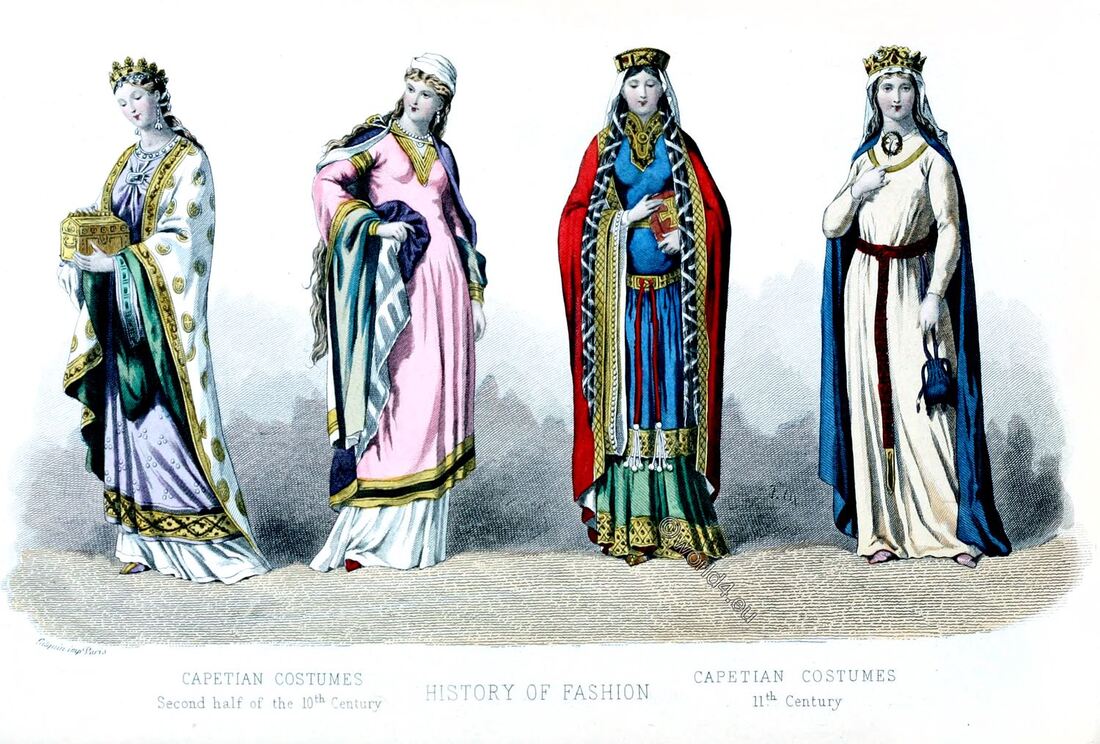Princess Isaura
Designed by Michael Stennett
Production: Gioachino Rossini's Tancredi
Collection of Sarasota Opera Association, Inc.
Production: Gioachino Rossini's Tancredi
Collection of Sarasota Opera Association, Inc.
About the Character
Gioachino Rossini’s (1792-1868) Tancredi is a heroic opera set in the ancient city-state of Syracuse, now in modern-day Sicily. The year is approximately 1000 AD, the period in Europe known as the High Middle Ages. Tancredi is an exiled soldier of a once noble and wealthy family. The story is filled with conflict and plot twists. Tancredi is in love with Amenaide but their love will face many challenges before the opera is over.
This costume was created for the character of Princess Isaura, one of Amenaide’s friends. It was originally designed for a 1989 Lyric Opera of Chicago production with contralto Suzanna Guzman cast in the role alongside Marilyn Horne. The dress was the creation of the late Michael Stennett (1946-2020), who was one of the world’s leading costume designers of the late 20th century. Stennett created costumes for both opera and television.
About the Costume
Because the story of Tancredi includes numerous nobles and wealthy families, Stennett had the opportunity to design lavish costumes such as the one on view here. The body of the dress is made of red dupioni silk. The volume of the skirt is achieved with a hoop, once known as a farthingale. The bodice is tied from within and then hooked up the back with numerous clasps.
Stennett was fond of long dramatic skirts and trains. This one extends several feet in all directions at its full length. The brocade that runs along the edges, was done with a painted epoxy material. This allowed the costumer to exactly recreate the shapes and forms designed by Stennett. It would have been nearly impossible to find a textile applique that matched what he saw in his imagination. Layers of fine tulle, and hand-sewn sequins on the upper sleeves and lower skirt, create a colorful contrast and dramatic effect.
This costume was created in the famous workshop of Malabar, Ltd., which opened operations in Toronto in 1923. By the 1950s, Malabar was creating costumes for operas and musicals and their costumes were seen in performances across North America. In 2022, Malabar closed their Toronto shop. Malabar's Toronto warehouse closed the same year and over 30,000 costumes from the collection were donated to Sarasota Opera. The two costumes from Tancredi in this exhibition were part of that collection.
Inspiration
The design of this gown is an anachronism. It is a style that would have been popular during the 1500s. In fact, it is more of a 19th-century Gothic revival creation than anything that would have been worn in Europe between 1000 and 1600 AD.
Certainly, in the year 1000, a woman would not have worn a garment with so much exposed skin. The fashion of the period would have been much more subdued with the head and shoulders draped and covered and sleeves covering the arms well down to the wrists. The illustration below gives a better sense of what a noble Syracusan woman of the period would have worn.
In the world of opera disbelief is frequently suspended, and the look of the staging is left up to the imagination of the director and the designers. For this production, Stennett created a medieval fantasy that leaned stylistically toward the Renaissance. The result was the ability to include rich fabrics, colors, and other details that added dazzle to the costumes and drama to the performance.

